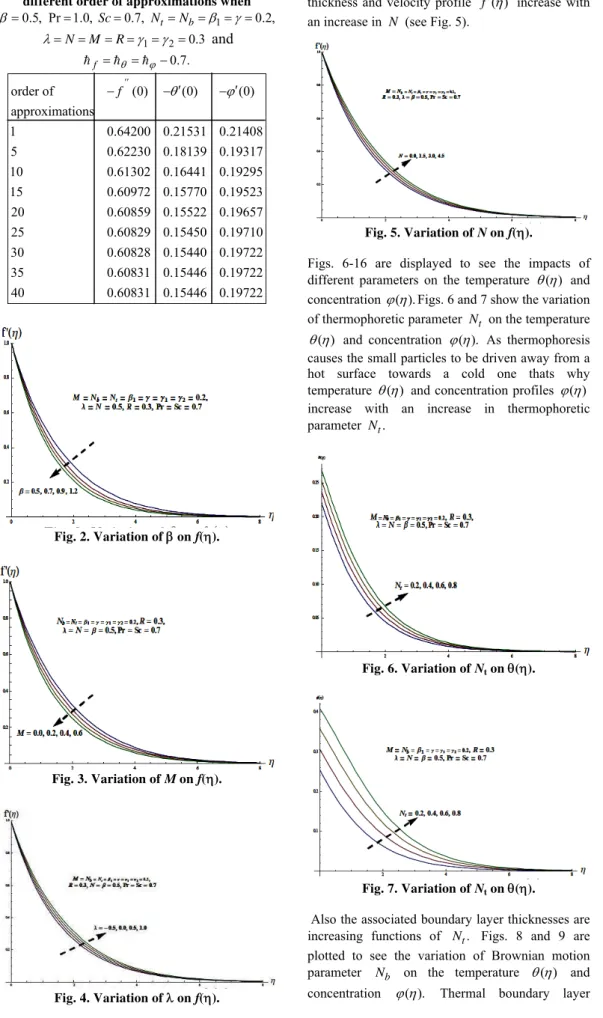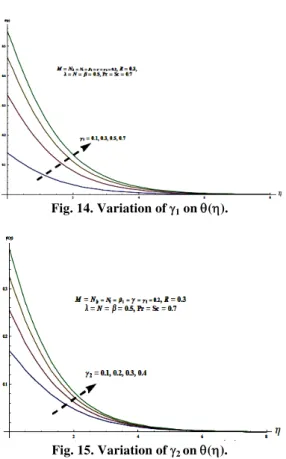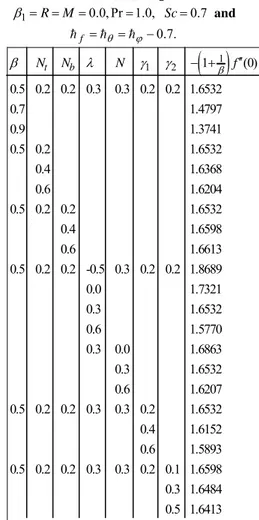Mixed Convection Flow of Casson Nanofluid over a Stretching Sheet with Convectively Heated Chemical Reaction and Heat Source/Sink
Texto
Imagem




Documentos relacionados
This article looks at the steady flow of Micropolar fluid over a stretching surface with heat transfer in the presence of Newtonian heating.. The relevant partial differential
Heat and mass transfer of an unsteady MHD natural convection flow of a rotating fluid past a vertical porous plate in the presence of radiative heat transfer. On
The present study is devoted to investigate the effects of Soret and Dufour on the mixed convection flow, heat and mass transfer over a stretching sheet in the presence of
They have studied the fluid flow and some characteristics of heat transfer towards a stretching sheet in the presence of magnetic field, slip effect, convective boundary
Effects of Thermal Radiation and Chemical Reaction on MHD Free Convection Flow past a Flat Plate with Heat Source and Convective Surface Boundary
Therefore, the objective of the present paper is to analyze the effects of permeability variation, mass transfer and chemical reaction on flow of a viscous incompressible fluid
Key words: Mixed convection, local similarity, variable viscosity, chemical reaction, thermal stratification, suction parameter, boundary layer, foreign mass, vertical
The variation of Sh with buoyancy ra tio ‘N’ shows that when molecular buoyancy force dominates over the thermal buoyancy force, the rate of mass transfer reduces on